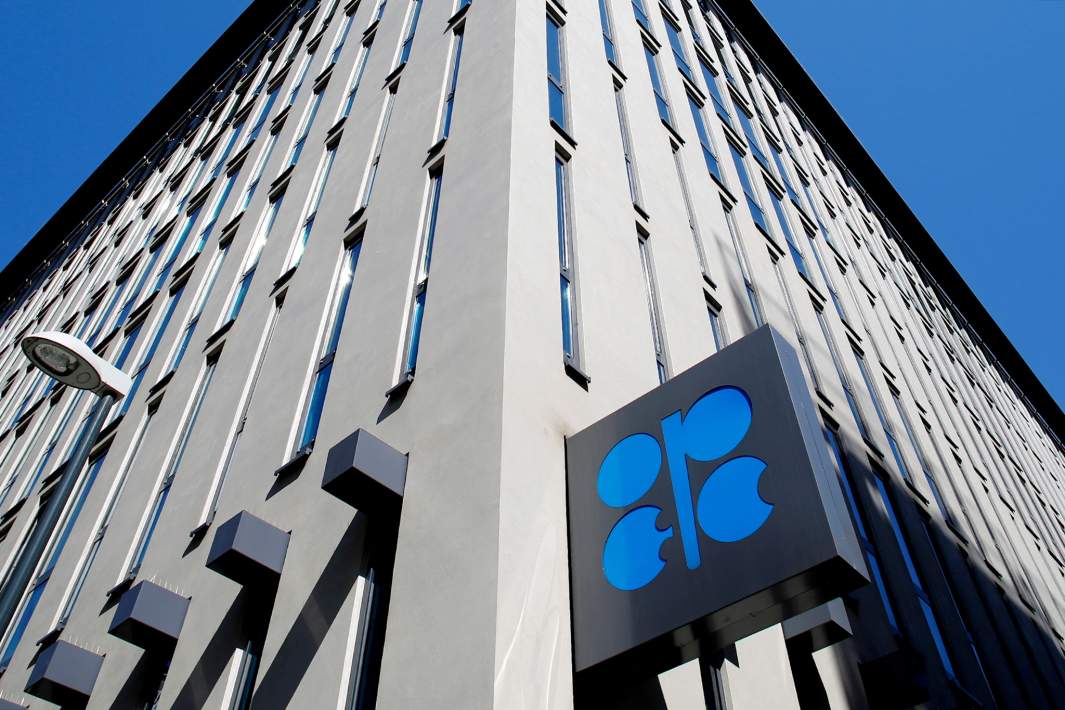
OPEC+: new restrictions and a new member
By Rhod Mackenzie
At the scheduled meeting on 30th November this year, the nations that are part of the OPEC+ agreement resolved to decrease the amount of oil produced in 2024 by 2.2 million barrels per day. Out of this, 1.3 million were already a part of the production reduction measures extended until 2024 earlier this summer, while 0.9 million represent additional reduction volumes.
During the summer, Russia committed to lowering exports by 500 thousand barrels per day. From September until the end of the year, they vowed to maintain this export reduction by 300 thousand barrels each day. The new agreement stipulates that in 2024, Russian production will decrease by 500 thousand barrels daily.
Iraq reduced production by 223 thousand barrels per day, while the UAE reduced by 163 thousand, Kuwait by 135 thousand, Kazakhstan by 82 thousand, Algeria by 51 thousand, and Oman by 42 thousand.
Saudi Arabia, in addition to the OPEC+ agreement, volunteered to reduce its production by 1 million barrels per day.
True. Considering Saudi Arabia is maintaining the existing production cut without further reduction, Russia is increasing production by 200,000 barrels daily from the already reduced levels and the actual production in African countries is falling short of the announced quotas, the actual market cut from new volumes would be about 900,000 barrels per day. Later, the First Deputy Prime Minister of the Russian Federation, Alexander Novak, confirmed that the extra 200,000 barrels per day of our cuts will be compensated for by a decrease in the export of petroleum products. This will be highly advantageous for Russia since it will not require a reduction in oil production but merely a reorientation of supplies of refined oil products from the foreign marketplace to the domestic one. In the event of full compensation to our workers, the outcome could be advantageous.
It is worth remembering that the OPEC consortium comprises of 13 countries that jointly control about 40% of the world's oil production. Since December 2016, deals within OPEC+ format have been made with countries that export oil (Russia included), but are not members of the alliance.
On this occasion, prices are also at the core of discussions. Brent oil prices have been fluctuating around $80 per barrel of late, which is not a comfortable level for Saudi Arabia, whose budget relies on $85 per barrel.
In contrast, Russia has been operating under more favourable conditions. As per the estimates provided by the Russian Ministry of Finance, the average price of Urals oil from October 15 to November 14 was $79 per barrel. This is above the budgeted amount for the current year ($70) and surpasses the price ceiling defined by the collective West ($60). Energetic measures to reorganise export flows have led to the fact that if at the beginning of 2023, the "discount" of Urals to Brent reached a staggering $35, now it has decreased to the "pre-war" level of seven dollars.
However, industry analysts predict that in the near future, fuel consumption may decline in various countries (particularly in Europe) due to significant economic challenges. As a result, an oversupply of oil may arise in the energy market, ultimately causing a decline in prices.
To prevent such an occurrence, OPEC+ proactively decided to reduce production.
It is significant to note that the OPEC+ agreement succeeded in drawing in another major oil producer, Brazil. From 2000 to 2010, oil production here rose from 1.2 million barrels per day (67 million tonnes per year) to 2.1 million barrels per day (111.6 million tonnes), and to 3.1 million barrels per day (163 million tonnes) in 2022.
While Brazil will not lessen its production, it also will not increase it. And the nation aimed to achieve a daily production volume of 5 million barrels by 2030, which would have overshadowed the efforts of OPEC+ in general.
